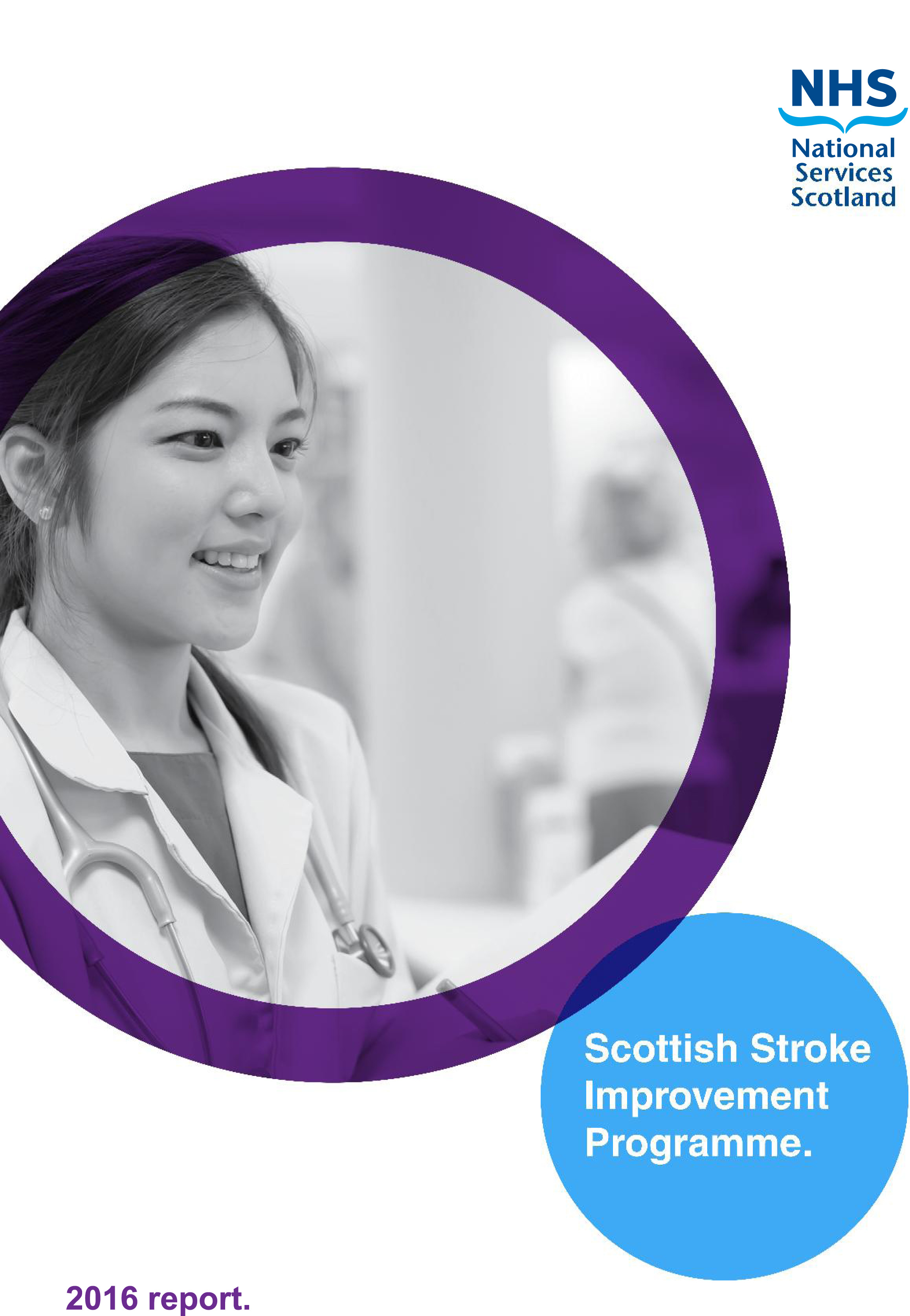 “Man” and “stroke” this time, no “dog”. In any case, Archie has just returned from a long walk in the rain and looks utterly miserable as only a whippet can.
“Man” and “stroke” this time, no “dog”. In any case, Archie has just returned from a long walk in the rain and looks utterly miserable as only a whippet can.
In my last post, I threatened to return to the Scottish Government’s annual Stroke Care Audit which was published on 12 July. If you follow that link you will discover that, fresh for 2016, the audit has been renamed and is now referred to by the Scottish government as the Scottish Stroke Improvement Report.
My first reaction on seeing this was to feel this re-wording might be classic political code for “OK, it’s not going to read well so let’s at least make it read pretty“. Also, let’s keep it to the internet this year – no printed copies lying around to scare the horses. Above all, let’s lose that word “audit” – so dull, so last year, so redolent of gimlet-eyed accountants telling us to get our affairs in order. “Improvement Report” – now there’s a phrase that sings of success; future-looking; forward thinking; optimistic. No room for backsliding there. So, Scottish Stroke Improvement Report it is.
Silk purses out of sows ears; roses by any other name; lipstick on pigs. Whether you are referencing Shakespeare or Obama, in the end the fact has to be faced that year after year stroke care targets in Scotland are failing to be met consistently across the country. There are small improvements here, marginal changes there, though, to be fair, acute stroke care has improved very significantly in recent years. But the totality of stroke care, the whole “patient journey” (horrible phrase) from acute admission to long-term rehabilitation and self-management seems to remain depressingly static. Stroke care – all health care – is ultimately a Scottish government, and hence a political, responsibility. Improving stroke care is a stated priority for the Scottish government, so pro-active, passionate political leadership inspiring real progress is required if it is to get the support and resourcing it deserves. Less grandstanding, Nicola, more action.
Am I being too harsh? too cynical?
I have this geekish interest in the audit/report because I have seen the sharp end of this and know that behind the charts and statistics are real lives, real families devastated by stroke, real professionals striving to provide quality care in a system that doesn’t always support them as well as it could.
The report has a foreword by Dr Catherine Calderwood, the Chief Medical Officer, who earlier this year produced what I felt to be an inspirational Annual Report for 2014/15 entitled Realistic Medicine. It is not often you can use the word “inspirational” about an Annual Report, so follow the link above and have a look for yourself.
Anyway, back to the Stroke Improvement Report. The full report contains a myriad of statistics. There is a lengthy Appendix in which each Health Board explains the challenges it faces in measuring up to the stroke care standards – often a lack of staff and/or accommodation. I urge you to read this, as it gives a good insight into the real practical difficulties faced by professionals in our health service.
There is also a two page summary which gives an outline of the national picture. Unfortunately, the summary disguises the fact that there are enormous variations in stroke care across Scotland – a fact which you can only unearth by closely examining the detailed report. Take speedy admission to a stroke unit, for example, one of the key factors in promoting good recovery. This is a target which only 7 of our 29 large hospitals managed to meet in 2015.
On a more positive note, there is a nod this year towards auditing the provision of longer term rehabilitation for stroke survivors, in particular stroke specific exercise. This is very welcome and important for all who survive a stroke, especially for younger people hoping to return to work. Sadly, once again, the report reveals a big variation in what is available across the country.
Thanks to our NHS, if you have a straightforward broken arm, you can get it fixed, get some physiotherapy, get on with your life. If you have a stroke, there is no quick fix and the effects are likely to last for the rest of your life. Providing long-term support for those who survive means not just access to regular exercise, but possibly speech and language therapy or treatment for visual problems or possibly psychological support. In an ideal world we would be seeing that kind of provision for stroke survivors audited as well – as is done in some other countries. Yes, these services are expensive, but then so is doing nothing. Brexit or not, we are a rich civilized country – surely we can do this.
What we mean by “expensive” needs to be defined. The NHS and social care cannot do everything, but the true cost of not providing long-term rehabilitation and care or failing to put the best stroke research into practice needs to be measured and audited as well.
Perhaps after all it is time for some of those gimlet-eyed accountants to take an external and dispassionate look at the totality of our stroke services.
